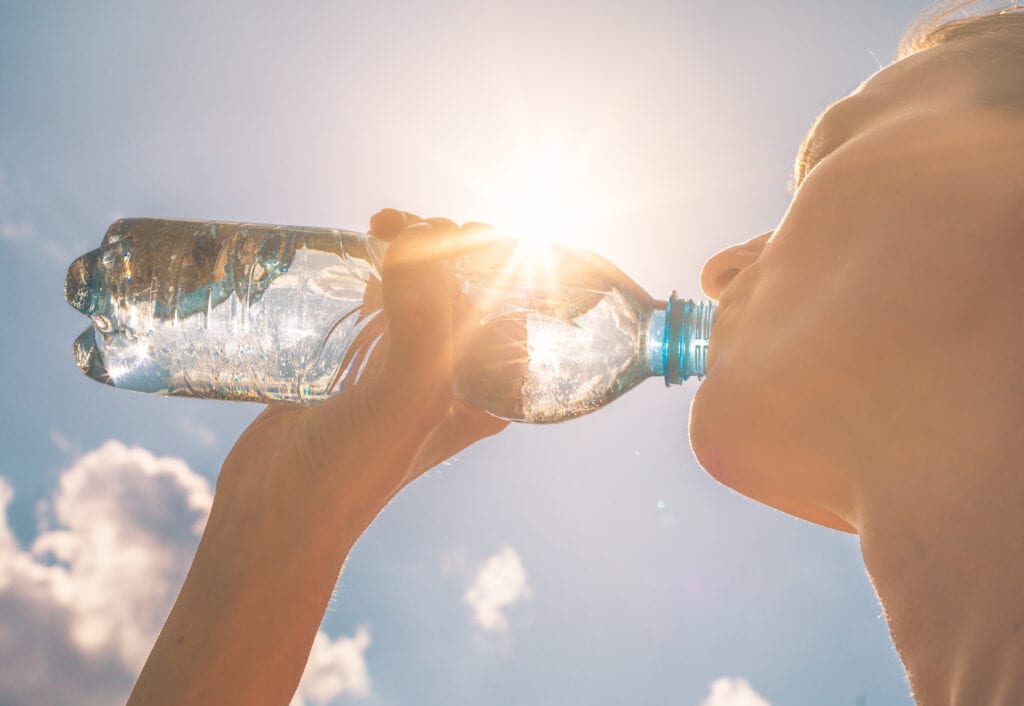SoCal sunshine is here—and with it comes the powerful benefits of Vitamin D. Discover why this vital nutrient matters and how to enjoy the sun safely all summer.
Read below to learn more about why it’s essential to get enough of this vitamin—and how to safely enjoy the summer sun all season long.
The Importance of Vitamin D

Why Vitamin D Is Essential for Your Health — Especially Post-Pandemic
The COVID-19 pandemic highlighted the vital role Vitamin D plays in supporting immune health. This essential nutrient not only strengthens your immune system, but also supports healthy bones and teeth, boosts brain and nervous system function, helps regulate insulin levels, and promotes heart and lung health.
While sunlight is a natural source of Vitamin D, many people—especially in colder months or low-sunlight environments—may need to take Vitamin D supplements or eat more Vitamin D-rich foods to stay at optimal levels. During the summer, your body typically gets enough from moderate daily sun exposure. However, everyone’s needs are different.
At Urgent Care Pros™, we offer quick and easy Vitamin D level testing. Visit one of our locations in Lakewood, Downey, or Lynwood to check your levels and receive personalized recommendations based on your health history.
☀️ Pro Tip: Aim to spend a little time outside each day—just don’t forget sunscreen or protective clothing to keep your skin safe.
Hydration is Key!

Daily water intake can come from drinking plain water or from foods and beverages. The particular amount that everyone needs on a daily basis depends on age, sex, and whether someone is pregnant or breastfeeding. The U.S. National Academies of Sciences, Engineering, and Medicine determined that an adequate daily fluid intake is:
- About 15.5 cups (3.7 liters) of fluids a day for men
- About 11.5 cups (2.7 liters) of fluids a day for women
Strive to meet your daily hydration goals by drinking plain water and eating a variety of fresh fruits and vegetables. Avoid getting your water from sugary drinks if possible. Not consuming alcohol is also key when the temperature is high, since these types of beverages are naturally dehydrating.
Stay Safe from Heatstroke

Heatstroke is a condition caused by your body overheating, usually as a result of prolonged exposure to or physical exertion in high temperatures. This is the most serious form of heat injury and can occur if your body temperature rises to 104 F or higher.
If you are going to be playing sports for long periods when the temperature is especially high, or plan to tan poolside for the majority of the day, be sure to drink plenty of fluids, wear sunscreen and lightweight clothing, and always take frequent rest breaks in shaded, cool spots. Remember that it is always best to avoid very strenuous activities in the high heat.
The Mayo Clinic lists these Heatstroke symptoms and signs to look out for:
- High body temperature. A core body temperature of 104 F (40 C) or higher, obtained with a rectal thermometer, is the main sign of heatstroke.
- Altered mental state or behavior. Confusion, agitation, slurred speech, irritability, delirium, seizures and coma can all result from heatstroke.
- Alteration in sweating. In heatstroke brought on by hot weather, your skin will feel hot and dry to the touch. However, in heatstroke brought on by strenuous exercise, your skin may feel dry or slightly moist.
- Nausea and vomiting. You may feel sick to your stomach or vomit.
- Flushed skin. Your skin may turn red as your body temperature increases.
- Rapid breathing. Your breathing may become rapid and shallow.
- Racing heart rate. Your pulse may significantly increase because heat stress places a tremendous burden on your heart to help cool your body.
- Headache. Your head may throb.
We hope that this guide helps you to keep yourself and your loved ones safe this summer while you soak up the sun!
